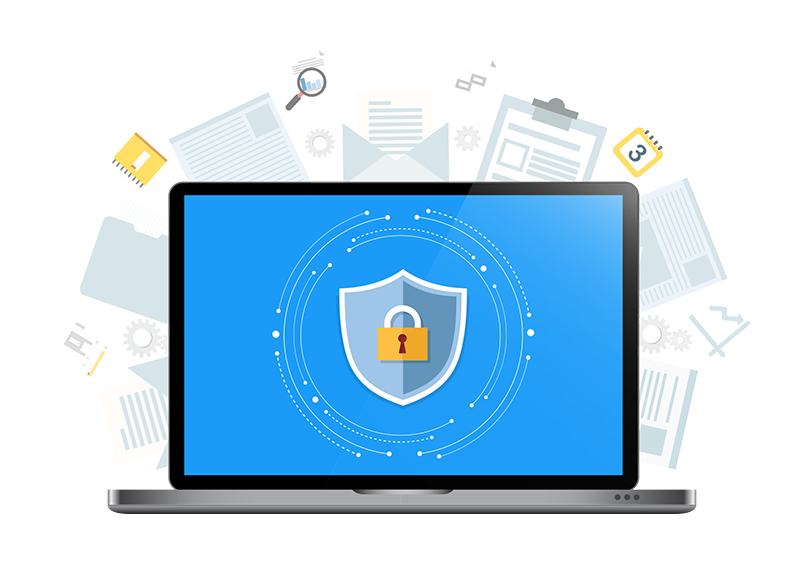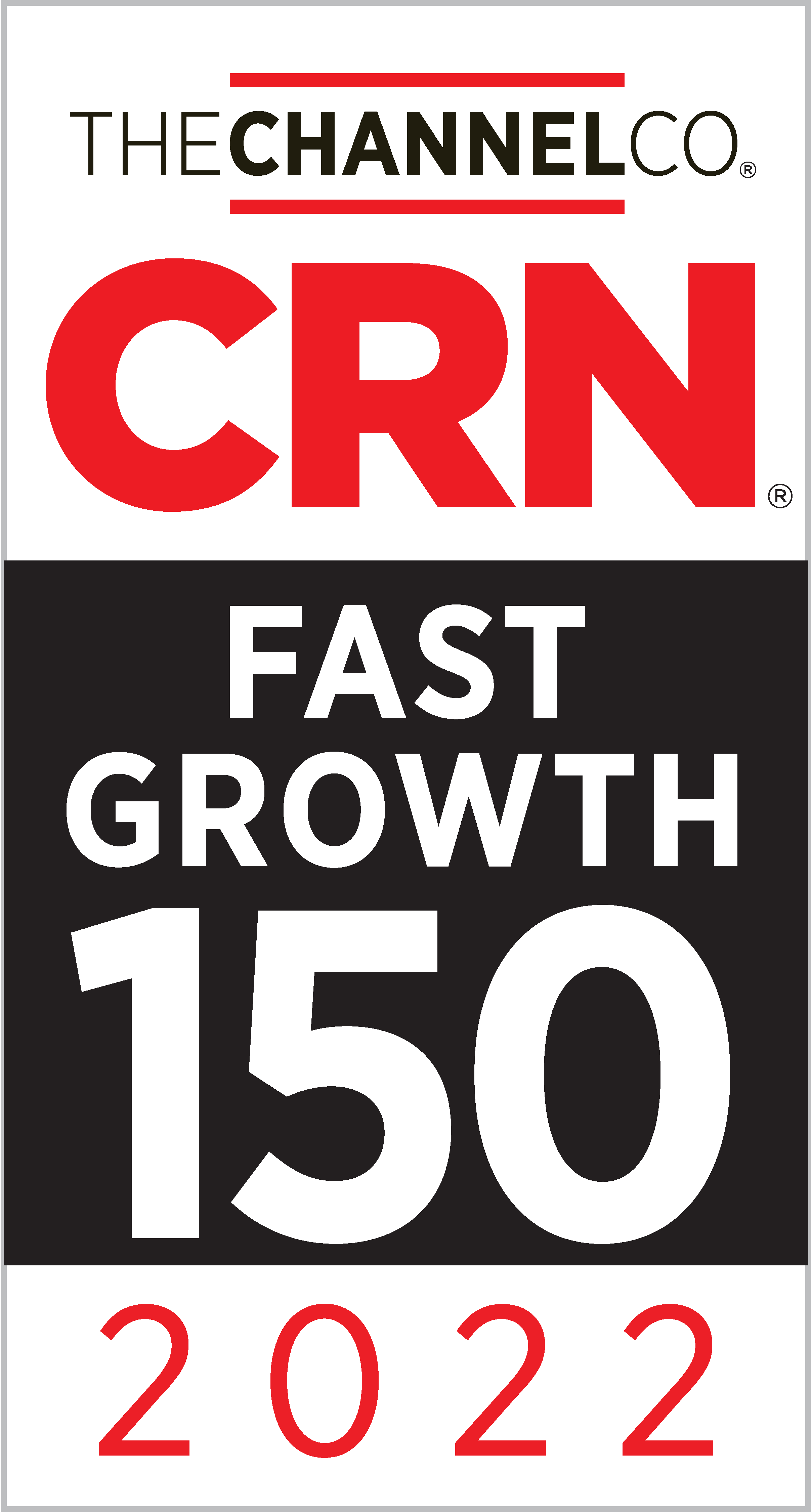Google Workspace Transition Update – 12/01/22
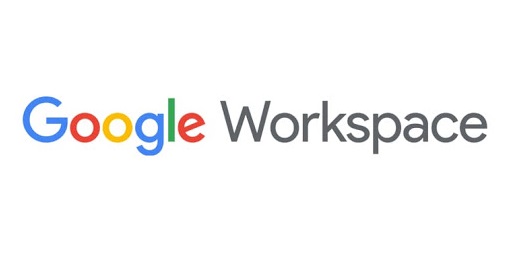 More than two years after announcing the change, the Google Workspace transition from G Suite continues.
More than two years after announcing the change, the Google Workspace transition from G Suite continues.
- For organizations running G Suite with an annual or term commitment, your transition is scheduled to occur on your next renewal date.
- For organization on the Flex Plan (month to month), Google will automatically transition your account with 60 days advanced notice.
- Organizations willing to transition with an annual commitment before Google transitions you automatically may be eligible for incentive discounts.
For many, if not most, organizations, this transition will result in higher subscription fees and/or loss of features.
This post identifies the restrictions and potential features impact for organizations currently running G Suite Basic and G Suite Business editions.
Current G Suite Basic Subscribers
- Additional Storage
- If you currently do not have additional storage assigned to at least one user:
- You can no longer add this service.
- You will not have the ability to add storage to your Google Workspace subscription.
- As users reach the 30GB limit, you will need to upgrade to Google Workspace Business Standard or Business Plus editions at an additional cost.
- If you currently have additional additional storage assigned to at least one user:
- You may grandfather this service and you may be able to add more storage.
- The duration for how long you can maintain your existing additional storage or add new additional storage has not be clearly defined by Google. At the end of the grandfather period, you will need to upgrade to a version of Google Workspace that meets your storage needs.
- If you currently do not have additional storage assigned to at least one user:
- Vault
- If you currently have Vault:
- You may be able to grandfather this service.
- The duration for how long you can maintain Vault as an add-on has not been defined by Google. At the end of the grace period, you will need to upgrade to Google Workspace Business Plus to maintain this service and data.
- If you currently do not have Vault:
- You should select and upgrade to Google Workspace Business Plus to add this service.
- If you currently have Vault:
- Advanced Endpoint Management
- This feature is not available in Google Workspace Business Starter or Business Standard subscriptions. You will not be able to set up company-managed mobile devices or selectively distribute apps to mobile devices.
- If you use this feature, you should select and upgrade to Google Workspace Business Plus.
- Organizational Branding / Templates
- This feature is not available in Google Workspace Business Starter. You will no longer be able to create or use custom templates for Google Docs, Sheets, Slides, Forms and Sites. Documents created from the templates remain.
- If you use this feature, you should select and upgrade to Google Workspace Business Standard or Business Plus.
- Advanced Chat Space Features / Spaces
- This feature is not available in Google Workspace Business Starter. You will no longer be able create spaces that allow external users. Existing spaces remain and users can make changes to existing spaces, such as adding or removing members.
- If you use this feature, you should select and upgrade to Google Workspace Business Standard or Business Plus.
Current G Suite Business Subscribers
- Storage Capacity
- Your storage capacity will be limited based on the Google Workspace Business tier subscription you select for you transition:
- Business Starter: 30GB per user, fixed
- Business Standard: 2TB per user, aggregated across all users
- Business Plus: 5 TB per user, aggregated across all users
- To maintain unlimited storage capacity, you should select and upgrade to Google Workspace Enterprise Standard or Enterprise Plus.
- Your storage capacity will be limited based on the Google Workspace Business tier subscription you select for you transition:
- Google Vault
- This service will not be available if you transition to Google Workspace Business Starter or Business Standard. Additionally, holds and retention rules will stop protecting your organization’s messages and files. Google will immediately remove all data that users deleted more than 30 days ago from all Google systems. You cannot recover this data.
- To keep the Vault service, you should select and upgrade to Google Workspace Business Plus or an Enterprise tier subscription.
- Advanced Endpoint Management
- This feature is not available in Google Workspace Business Starter or Business Standard subscriptions. You will not be able to set up company-managed mobile devices or selectively distribute apps to mobile devices.
- If you use this feature, you should select and upgrade to Google Workspace Business Plus.
- Organizational Branding / Templates
- This feature is not available in Google Workspace Business Starter. You will no longer be able to create or use custom templates for Google Docs, Sheets, Slides, Forms and Sites. Documents created from the templates remain.
- If you use this feature, you should select and upgrade to Google Workspace Business Standard or Business Plus.
- Advanced Chat Space Features / Spaces
- This feature is not available in Google Workspace Business Starter. You will no longer be able create spaces that allow external users. Existing spaces remain and users can make changes to existing spaces, such as adding or removing members.
- If you use this feature, you should select and upgrade to Google Workspace Business Standard or Business Plus.
- Shared drives
- This feature is not available in Google Workspace Business Starter. You will no longer be able manage existing shared drives. In addition, users and owners will not be able access shared drive content or add or delete content to or from shared drives. Before switching editions, ask shared drive owners to review their content and move it to their My Drive to maintain access.
- If you use this feature, you will should select Google Workspace Business Standard or Business Starter.
- Organization-Specific Drive Settings
- This feature is not available in Google Workspace Business Starter. All users in your organization will inherit the settings of your top-level organizational unit, but the organizational structure itself will not change.
- To maintain this feature, you should select Google Workspace Business Standard or Business Plus.
- Meets
- If you transition to Google Workspace Business Starter, your Meets will be limited to 100 participants.
- Select G Suite Business Standard or Business Plus to maintain you Meets capacity.
- Calendar Advanced Controls
- These controls will not be available if you transition to Google Workspace Business Starter or Business Standard. Rooms aren’t automatically released when all attendees decline. Rooms that decline invitations aren’t replaced. You can’t set a default duration for events.
- To maintain access to these controls you will should select Google Workspace Business Plus.
- Data Regions
- These controls will not be available if you transition to Google Workspace Business Starter or Business Standard. You can no longer choose a geographic location for your data.
- To maintain access to these controls you should select Google Workspace Business Plus.
- Session Length for Google services
- These controls will not be available if you transition to Google Workspace Business Starter or Business Standard. You can no longer control how long users can access Google services without having to sign in again.
- To maintain access to these controls you should select transition to Google Workspace Business Plus.
- Predefined Content Detectors
- This feature is not available in Google Workspace Business Starter. If you use any predefined content detectors data-loss prevention, Google will remove them from any settings that use them.
- To maintain this feature, you should select Google Workspace Business Standard or Business Plus.
- Automated User Provisioning Applications
- Google limits the scope of this feature in Google Workspace Business Starter. If you have more than 3 automated user provisioning applications, you must first remove automated user provisioning from all but 3 applications before downgrading.
- To maintain this feature, you should select Google Workspace Business Standard or Business Plus.
- Target Audiences
- This feature is not available in Google Workspace Business Starter. You can’t recommend specific groups of people, like departments or teams, for your users to share their items with. Important: Any target audiences currently in use aren’t automatically deleted when you switch to this edition. You might want to delete them before switching.
- To maintain this feature, you should select Google Workspace Business Standard or Business Plus.
Call To Action
Contact us or schedule time with one of our Cloud Advisors to discuss your options to best manage your transition. By default, Google will transition your G Suite account to the version of Google Workspace based on your user account and your use of the services and features listed, above. Your subscription fees may double or triple.

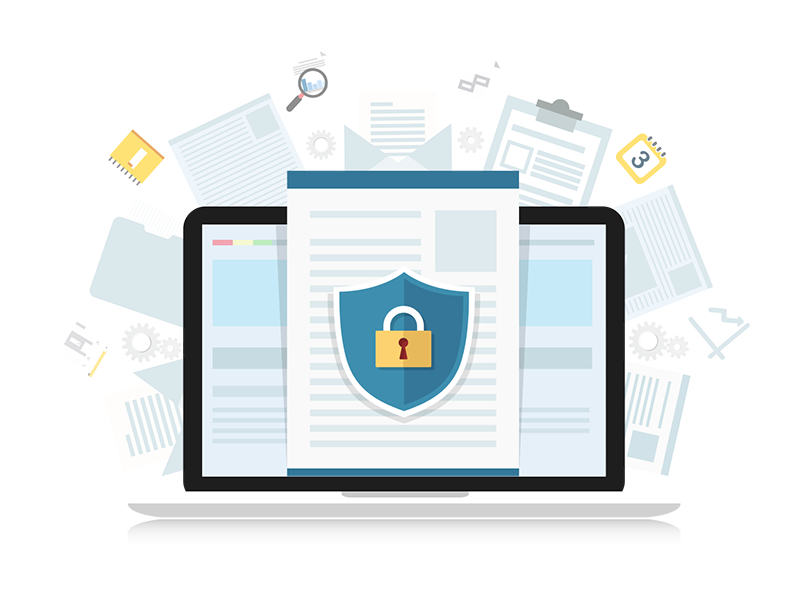 In today’s digital landscape, the threat of ransomware looms large, posing a significant risk to businesses and organizations of all sizes. Ransomware, a malicious form of cyber attack, can swiftly encrypt critical data and hold it hostage until a ransom is paid. These attacks can disrupt operations, compromise sensitive information, and
In today’s digital landscape, the threat of ransomware looms large, posing a significant risk to businesses and organizations of all sizes. Ransomware, a malicious form of cyber attack, can swiftly encrypt critical data and hold it hostage until a ransom is paid. These attacks can disrupt operations, compromise sensitive information, and 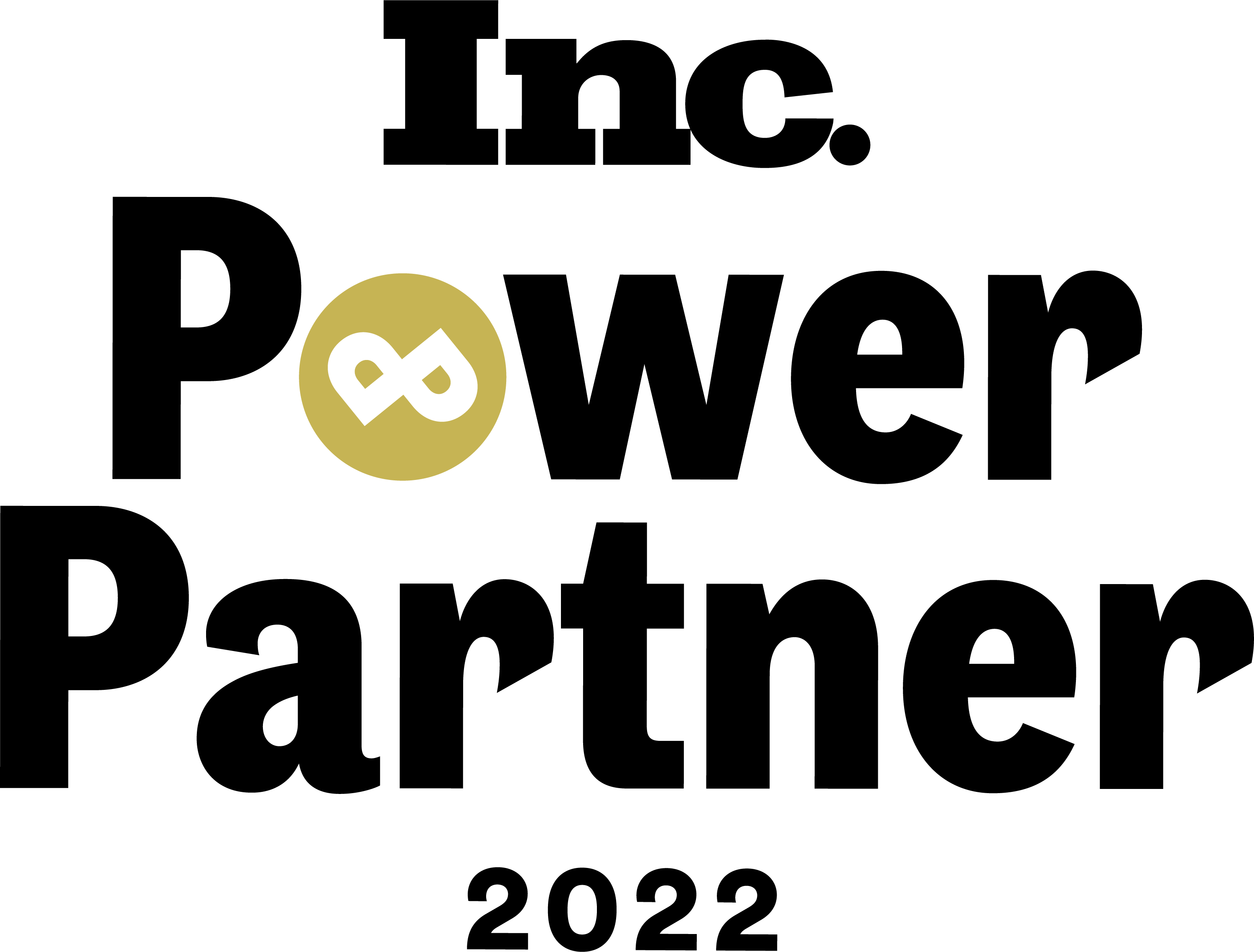 New award highlights B2B partners that support startups across all business functions and empower growth
New award highlights B2B partners that support startups across all business functions and empower growth